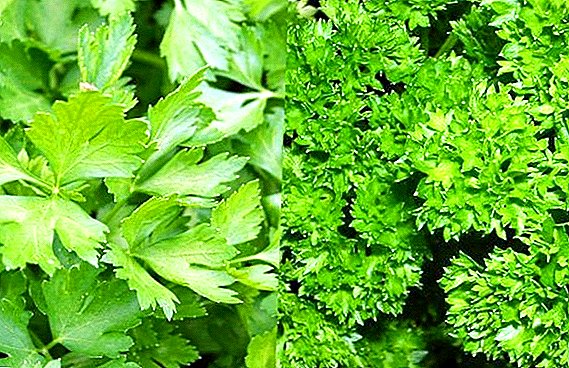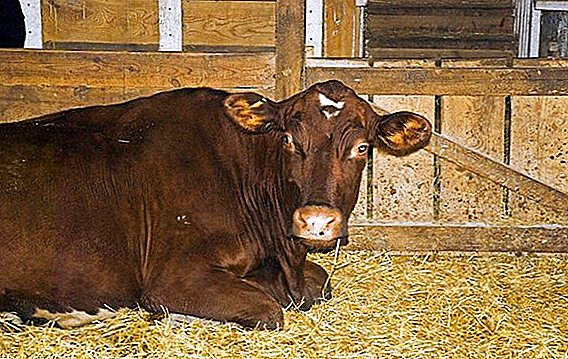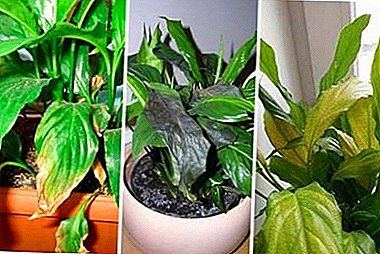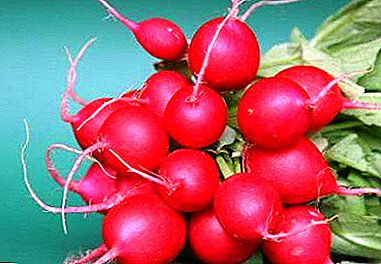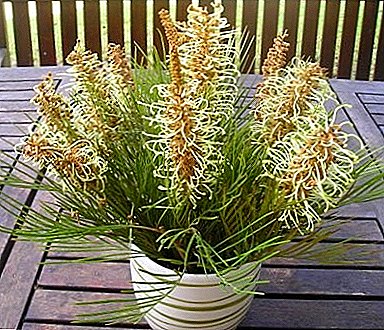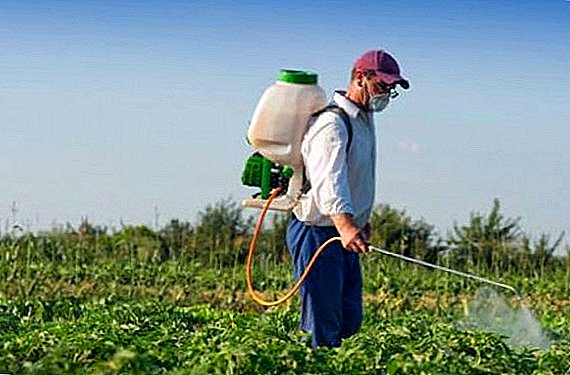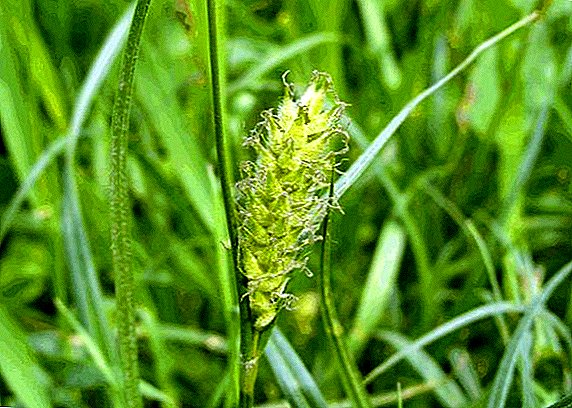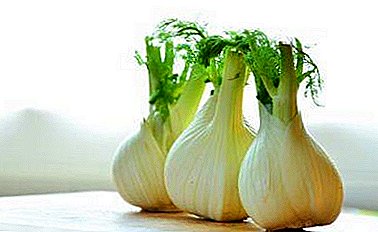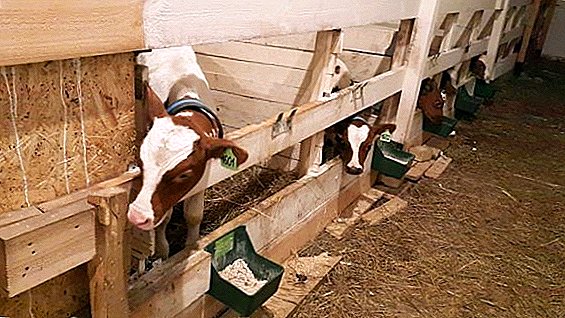 The corral for a cow is practically a small apartment for a person, where the animal is at least 10 hours. Of course, this place should be as convenient as possible, satisfying all the needs of the cows. In this article we will describe how to organize such a pen correctly, what you need to know about its individual parts and the correctness of keeping a cow in it.
The corral for a cow is practically a small apartment for a person, where the animal is at least 10 hours. Of course, this place should be as convenient as possible, satisfying all the needs of the cows. In this article we will describe how to organize such a pen correctly, what you need to know about its individual parts and the correctness of keeping a cow in it.
General requirements for stall
Each owner in the organization of the stall is guided by its capabilities and available space, which is understandable. However, if you want to get the maximum milk yield from a cow at a small physical cost, then you will have to focus on the general technical requirements regarding the arrangement of the stall. First of all, they include:
- the possibility of reliable fixation of the animal during milking or feeding;
- restriction of free movement of the cow outside the pen;
- the possibility of its free exit and entry;
- optimal size of the stall for each individual, allowing it to freely stand up and lie down (in a standing position, the animal should be placed in the pen with all four limbs);
- the possibility of unimpeded consumption of water and feed;
- ease and speed of fixation, for the simultaneous release of several individuals from the pen;
- high level of security staff;
- minimization of manual labor.
 Only when all these requirements are met, can we speak of an efficient use of the pen.
Only when all these requirements are met, can we speak of an efficient use of the pen.Did you know? With a lack of space in the general stall, cows can sleep while standing, without even closing their eyes. True, with such a constant lack of sleep, milk yield may well be reduced by 20%.
How to make a stall for a cow with your own hands
After examining the general requirements for the barn for cattle, it remains only to choose a suitable place, calculate the size and you can proceed to the direct construction of the pens themselves.
Pen dimensions
Before we talk about the size of the stall itself, it is advisable to take care of its optimal distance from residential buildings and water sources. On average, this value should not be less than 15-20 meters. If you have on the territory of a garden or a vegetable garden, you can build a barn near them, which will greatly facilitate the task of manure removal.
The average size of the building is calculated based on the number of cows, taking into account the norms of the area per individual. The average sizes of the stall are as follows:
- per adult cow or bull will need a plot of 1.1-1.2 m in width and 1.7-2.1 m in length;
- a cow with a calf should be set aside 1.5 m wide and 2 m long;
- for young bulls - 1.25 m wide and 1.4 m long;
- for calves - 1 m wide and 1.5 m long.
 One of the examples of drawing pen for cattle. When building double-sided sections, the passage width can correspond to 1.5 m. The height of the room for such calculations is -2.5-3 meters or even slightly higher.
One of the examples of drawing pen for cattle. When building double-sided sections, the passage width can correspond to 1.5 m. The height of the room for such calculations is -2.5-3 meters or even slightly higher.Important! When calculating the size of the stall, do not forget about the need to remove the feeders from the animals themselves. Dampness from their breath should not settle on food, otherwise it will quickly get moldy.
Floor material
The floor in the barn is one of the most important parts, because in many respects the health of cattle will depend on its proper arrangement. It must be sufficiently warm and dry, eliminating any possibility of accumulation of water, urine and litter. For this, the floor is made 10 cm above the soil level, given the impermeability for any type of liquid.
At the same time, the stock bias should be about 3 cm, but not more, since this may adversely affect the condition of the limbs of the cows, and even cause miscarriages in body females.
Video: Do-it-yourself wood floor for cattle
As for the flooring itself, one of the most successful options is clay concrete. To create it, boards are simply hammered into the clay layer, which ensures good manure removal and comparative durability of such flooring. Alternatively, wooden boards can be placed on the floor, which, if necessary, can be easily removed and cleaned. Completely concrete pavement is not suitable for the pen, although it is considered one of the most practical options. An animal will be hard and cold on it, which will not in the best way affect their well-being.
Important! If your barn is designed for a large number of animals, you will not be able to do without a special collection for manure. This capacity is quite impressive in size: at least 1.2 m wide and 80 cm deep, and manure enters it along a groove installed in the rear of each stall (10 cm depth is enough, with a width of 20 cm).
Litter
Cold concrete floors in the barn can be warmed with a properly selected bedding. This may be a thirty-centimeter layer of straw, peat or sawdust, which, unlike the first option, absorb moisture much better, without harm to the health of the cows. Moreover, cleaning up the available sawdust is quite simple, one has only to arm with a suitable scraper. It is advisable to replace the litter layer at least once every few days, and in case of heavy pollution and large numbers of cows - daily. 
A good dry litter greatly facilitates the care of animals and is a good preventive measure for the diseases of the legs of the cows themselves.
Breeds of dairy cows are considered to be Yaroslavl, Kholmogory, Jersey, Holstein, brown Latvian, red steppe, Dutch, Ayrshire.
Stall equipment
When arranging the pen, it is important to consider not only the measurements or the floor covering, but also the possibility of using certain materials for fencing, which to some extent depends on the way the cows are kept: tethered or loose.
Video: Cow shed. Making a place for a cow
With tethered content
In a household with a small number of animals, pens are created mainly from wooden boards and metal pipes, although bricklaying is often used. The main thing to remember is the proper placement of the animal: the front of the feeder and the back to the gutter.
Learn more about the features of breeding Simmental, Shorthorn, Kazakh Whitehead, Hereford, Aberdeen-Angus cows.With tethering, it is foreseen to use the stall as the main habitat of cattle, which undoubtedly affects its health, productivity and reproductive functions. The norms of stall width in this case depend on the physiological characteristics and size of the cow itself, which most often includes the following values:
- for average individuals - up to 100 cm;
- for large individuals - up to 120 cm;
- for pregnant cows at 7-9 months of pregnancy - 150 cm.

Up to 50 stalls can be placed in one such row, and for breeding bulls and adult sires, every two stalls are equipped with a passage of at least 0.6-0.75 m wide. The stalls are placed so that the animals are either forehead forehead or tail to tail.
Important! If boards or metal partitions can be used to build cow pens, the stall for adult bulls should be made of more durable material, always with a stable place for fixing a short leash.
When loose
The loose housing of cows in a stall is used mainly for resting cows, and most often they lie here. In this case, the paddock is represented as a fenced site, which in size is fully consistent with the parameters of animals and is suitable for productive slow gum by all criteria. For a comfortable placement in a lying position, the cow needs a platform not less than 125 cm wide and 280 cm long, and for stalls located at the wall itself, this value can be increased to three meters. In the manufacture of short stalls, udder and hind legs of a cow will always be in the aisle, where they will easily get dirt and microbes.
A good solution for constructing a loose corral can be sliding models, the size of which is regulated in several ways: by moving the side tubes (the width of the box is adjusted) or by shifting the bar for withers, thereby changing the length of the pen. However, in this case, when organizing a pen with the use of metal pipes, welding skills will be needed.
Video: Cattle stalls. Stall partitions
Another important point in this type of cattle placement in the stalls is a properly prepared litter. A long stay on a concrete base is fraught with not only a disease of the extremities, but also the possible development of bronchial ailments, so thick bedding of hay or sawdust, replaced every day, is simply necessary in this case.
Did you know? The most ancient breed of cattle is considered to be Chianin, which has about 2.5 thousand years of its development. In our time, the biggest representative is the Donetto bull from Italy: its height at the withers is 185 cm, and its weight reaches 1,700 kg.
How to tie a cow in a stall
With a long-term keeping of a cow in a stall, it is tied to a fence with a special soft, but strong rope, with a maximum length of 1.5 m. This is quite enough for the animal to reach the feeder and drinker or lie down. Instead of a rope, you can use a chain of suitable size, securing it on the neck of the animal so that it does not cause any inconvenience. It is recommended that fattening bulls be tied to a stall with a shorter chain, positioning its muzzle directly at the feeder. 
Corral for cows with a large number of animals is more a necessity than a farmer's whim. The stall allows you to simplify the care of cattle, while having a positive effect on its productivity, of course, if you can properly arrange such a place.


